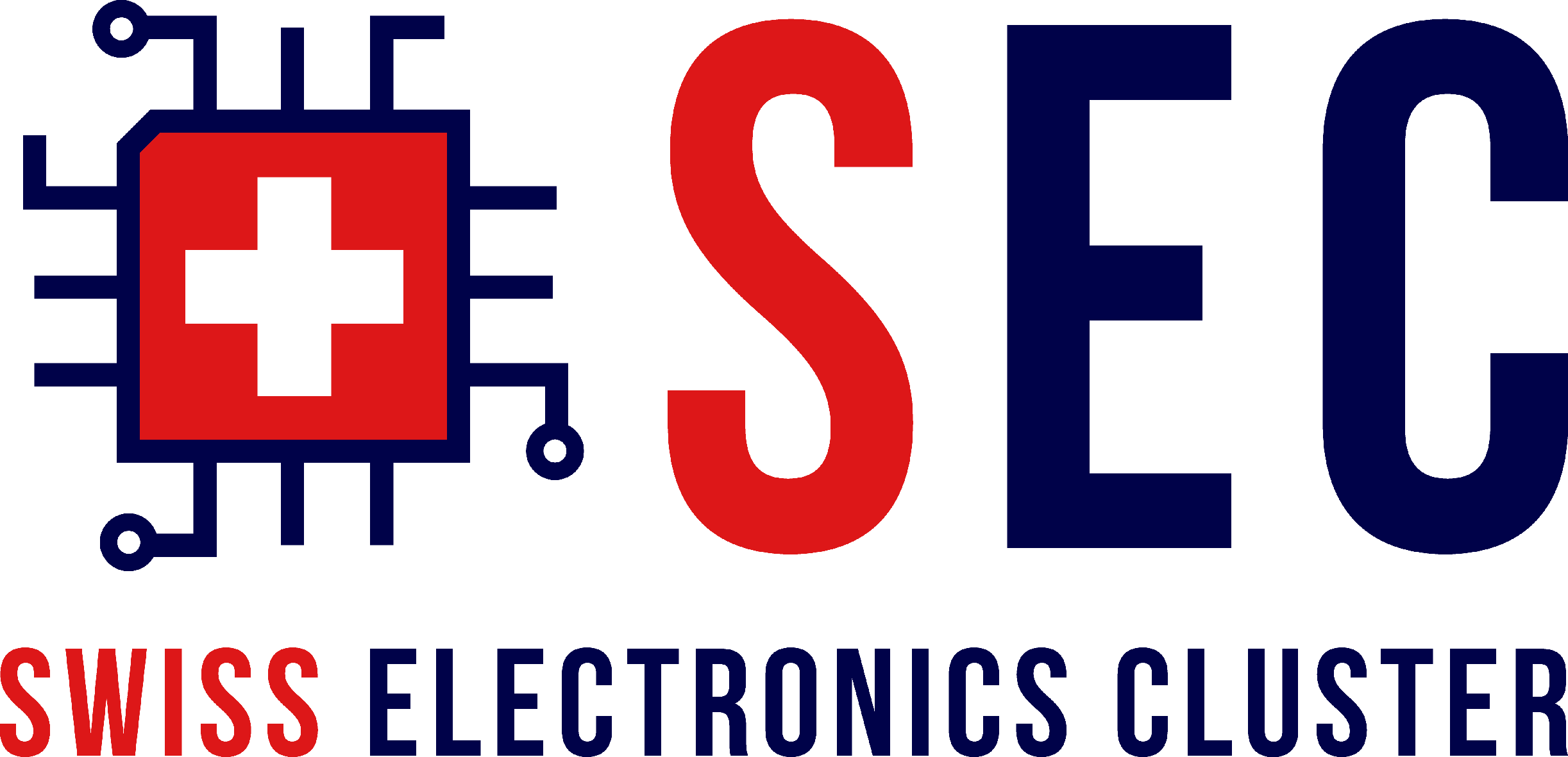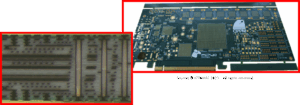SEC TECH-CLASS
November 10 to 11, 2025
MATERIALS & MANUFACTURING PROCESSES OF HDI
MULTILAYER PCBS SUBJECTED TO HIGH CURRENT STRESS
Registrations closed
Download Flyer ⇒
DETAILS
- From Thursday November 10, 2024 at 8:30 a.m.
- Until Friday November 11, 2024 at 17:30 p.m.
- Location: Restaurant Terminal 60, Route de l’Aéroport 60, 1950 SION
- Minimum number of registrations: 10
- Maximum number of registrations: 25
- Language: French and/or English (depending on the audience)
- Registration closure: October 31, 2025
EDUCATIONAL GOALS
- Design in accordance with IPC to improve PCB production yield, in order to lower manufacturing costs while ensuring an IPC performance class that validates the quality of robust and competitive products
TARGET AUDIENCE
- Electronic (and mechanical) technicians and engineers
PREREQUISITE
- Have significant experience, of at least 2 years, in one of the professions relating to the design or production of PCBs, or the assembly, industrialization, quality or purchasing of PCAs
REGISTRATION FEES
- Non-member of the SEC: CHF 1’600.- / person
- SEC BLUE member: CHF 800.- / person
- SEC SILVER or SEC GOLD member: CHF 400.- / person
- SEC SPONSOR member: Free
- Payment term: in advance
TRAINER
- Sylvain LE ROUX, Director of JETWARE since 2010, IPC CID/CID+ Instructor with 30 years of DFM experience for PCB design
DESCRIPTION
- Description and analysis of the manufacturing of materials and composites suitable for the construction of PCBs
- Immersion in the world of materials (glass, copper, resin, and filler)
- that produce the performance and defects of FR4.0 or GPY-type composites
- to withstand PCB manufacturing constraints, assembly thermal conditions, and PCA functional environments
- Selection of basic materials: IPC-4412 E-glass / IPC-4562 Copper / IPC-4101 Composite
- D/S2/E glasses and upcoming developments to improve their CTE, Dk, Df, and CAF performance
- Composition and manufacturing of glass fabrics using IPC-4412 to address homogeneity and its benefits
- Manufacturing of electroplated copper foils using IPC-4562 and adhesion treatments
- IPC-4101 combination of different resins and additive fillers for thermomechanical, electrical, mechanical, and economic characteristics applicable to the various FR4 materials on the market
- Composition and performance analysis of prepregs used in PCBs
- Description and implementation of the lamination of copper laminates manufactured in US or Asian format
- Breakdown of manufacturing steps and inspections for reliable multilayer PCBs
- Complete and detailed description (videos) of the manufacturing steps for multilayer PCBs
- Complete and detailed description (videos) of IPC-6012 inspections to ensure board reliability
- CAPM / CAM / material preparation / photo and laser imaging of internal layers / DES by acid etching / AOI
- Surface treatment of copper faces / Alignment of layers / stratification / drilling / cleaning of holes
- Chemical copper / « panel » metallization / laser imaging of external surfaces / « pattern » metallization
- SES alkaline etching / surface treatments / solder mask / screen printing
- Electrical testing / SEM micro-sections, TMA, DSC, TGA measurements
- ICT, TST aging tests to ensure the reliability of PCAs produced in IPC class 2 or 3
- HDI PCB manufacturing, laser micro-via technology
- Description of the various additional manufacturing steps adapted to each type of construction to produce « Multi-process » HDI PCBs
- Laser drilling, laser imaging, AOI, resin filling of buried vias and copper µvias, assisted registration
- Identification of processes and equipment essential to the implementation of HDI technology to ensure the manufacturing reliability of dense sequential interconnections, fine copper patterns and insulations and registration instructions
- Construction of interconnections dedicated to thermal dissipation and high currents (IPC-2152)
- Presentation of solutions for draining, diffusing, or distributing heat emitted by high-current functions
- DFR (Design for Reliability) to anticipate the industrial interpretation of the robustness required by PCAs operating in stressful environments (shock, vibration, temperature, humidity, etc.)
- Design of representative coupons implemented in CAD allowing for early detection of failures in FAI (First Article Inspection)

